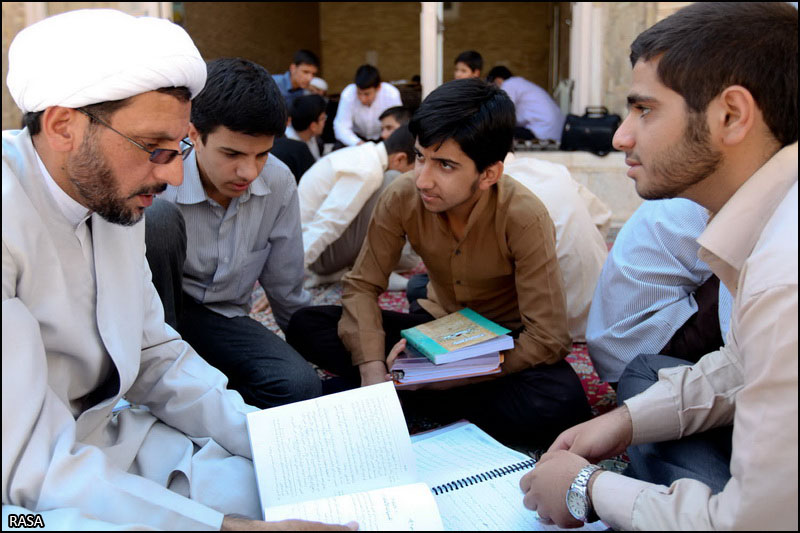
Young clerics in Iran’s seminaries and affiliated universities in the sacred city of Qom show a new pluralism and appreciation of non-Islamic disciplines, suggesting the emergence of a more “open and malleable religious life,” through there are also new signs of militancy in these schools, according to two studies. In the journal Sociology of Islam (5: 2017), Abbas Mehregan writes that in the last two decades, Iran’s leading seminaries and centers of religious life have undergone significant modernization, with areas of study going far beyond Islamic jurisprudence to include social sciences, philosophy, comparative religion, gender studies, and law. “Technological developments have brought students of seminaries and clerics into contact with the foreign world,” leading to the formation of somewhere between 150 and 400 new research centers, providing the opportunity for clerics to get familiar with research methods in the modern human sciences and to investigate Islamic topics from a new perspective. Today, “Islamic theology and sharia are promoted in chat rooms and religious questions are answered online…virtual seminaries have been established, and many seminary students, including 2,000 female students have started to create blogs,” Mehregan writes.
A survey Mehregan conducted among younger clerics at the main Shiite seminary in Qom finds a plurality of views. He finds that two-thirds of respondents acknowledge the “scientific authenticity of academia alongside religious seminaries [an idea that Ayatollah Khomeini condemned at the onset of the Islamic revolution in 1980].” The survey found that 52.5 percent rejected the application of violence to guide people to “real” Islam, although there was a significant minority (33.5 percent) who do not tolerate religious diversity and strongly agree or agree with the use of violence. In ranking interpretations of Islam among these clerics, what stands out is that after a political and ritualistic interpretation, modern interpretation received more preference than a traditional and “fundamental” view of the faith. Mehregan concludes that it is “incredible for many Muslims to hear from learned clerics in the capital of Shiism that applying sharia is not the main goal of religion and that Islam is not the exclusive path of salvation…. This implies the creation and gradual expansion of a softer interpretation of Shia Islam in Iran…. In other words, Shia believers have a free choice in the multivocal market of religious ideas. In practice, they have the possibility to refer to an alternative mujtahid or school if they encounter a problem with some religious decrees or beliefs….”
At the same time, Iran’s seminaries are undergoing a process of “securitization,” according to a study in the journal Contemporary Islam (online April 17). An influential organization in Iran known as the Clerical Basij, which was formed to regulate and suppress dissenting and opponent clergy, has expanded its reach in the country’s seminaries, writes Saeid Golkar. Iran’s Supreme Leader Ayatollah Khamenei has created an insider’s network of seminary students and clergy, which ensures that seminaries and the clergy connected with them do not publicly criticize the Islamic regime. This growing contingent of “clergy security” has the “upper hand” compared to other political and clerical elites, Golkar concludes.
(Sociology of Islam, http://www.brill.com/publications/journals/sociology-islam; Contemporary Islam, Contemporary Islam, https://link.springer.com/journal/11562)
